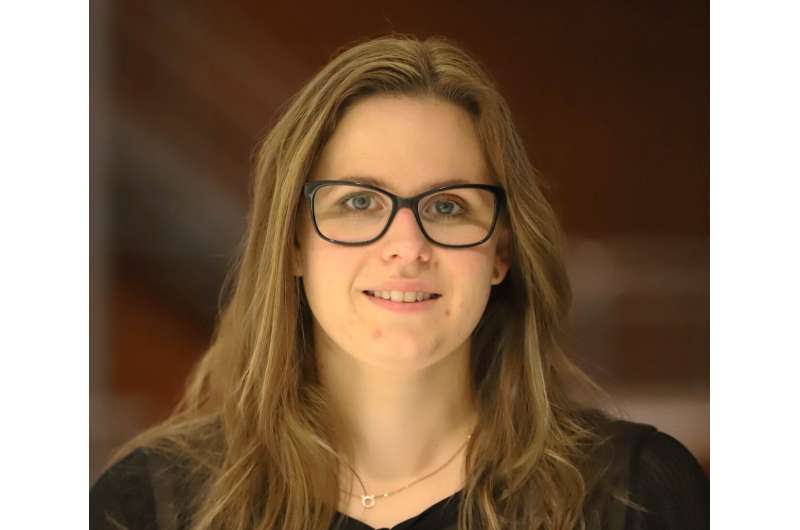Credit: Karlstad University
In order for pharmaceuticals to be safe, they must be clean of pollutants. Carbon dioxide can be used to make the purification process more environmentally friendly, which may seem paradoxical since carbon dioxide is usually associated with a negative climate impact. However, if carbon dioxide is recovered from other existing processes and if the use of environmentally hazardous organic solvents is reduced, large gains can be made both economically and environmentally.
"More knowledge of how the separation system works makes it easier to predict how to design an optimal system," says Emelie Glenne, who recently defended her doctoral thesis in chemistry at Karlstad University.
Chromatography is a separation technique used both to purify samples and to analyze which substances a sample contains. The method is based on the substances to be separated being distributed between a stationary and a mobile phase. In her thesis, Emelie Glenne has focused on so-called supercritical fluid chromatography, SFC.
"SFC is a very promising technique, but compared to regular chromatography there are still knowledge gaps since the method is more complex and hasn't been researched to the same extent," says Emelie Glenne.
One thing that can be problematic is that carbon dioxide is compressible, which makes it behave differently depending on the pressure and temperature it is exposed to. Among other things, this results in an uneven flow. More knowledge about the method will lead to more accurate predictions about how different substances are affected by the separation. This will in turn result in better optimisation with the help of computer simulations of the process. Today, the optimal method is identified by testing a variety of different methods. With increased understanding, optimisation can be achieved by combining only a few experiments with simulations.
"This knowledge has resulted in better calculations of the separation process, which in turn leads to better optimisations," says Emelie Glenne. "A better understanding of the SFC method will make the method easier to use and hopefully there will be a greater interest in choosing a greener method for the analysis and purification of pharmaceuticals."
According to Emelie Glennes's principal supervisor, Professor Torgny Fornstedt, the methods and rules of thumb that Emelie Glenne has developed for the use of the complicated yet effective and environmentally friendly method SFC can be used not only for safer purification of pharmaceuticals but also for analysis and isolation of valuable related substances from biomass.
The studies, which were partly funded by the Knowledge Foundation, have been carried out in close collaboration with AstraZeneca, where SFC is used, among other things, for the purification of substances in early pharmaceutical development.
More information: You can access and read the thesis here: www.diva-portal.org/smash/get/ … 71010/FULLTEXT02.pdf
Provided by Karlstad University























